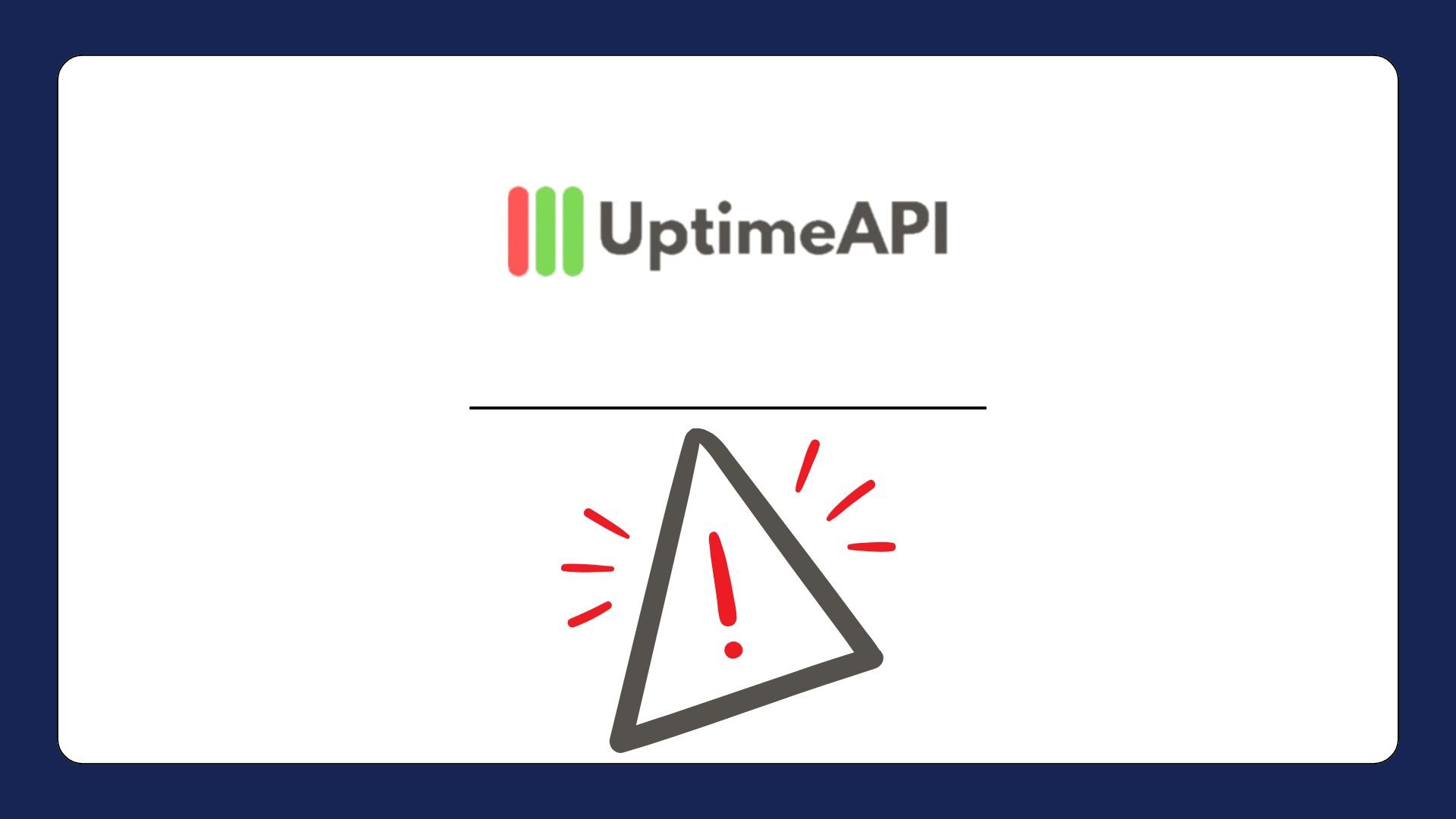API Performance Monitoring Tool For Your Needs

As more businesses and developers rely on APIs to power their apps, it becomes crucial to monitor API performance. In the absence of it, poor user experiences, disrupted services, and ultimately lost revenue are possible outcomes. In this situation, a useful API Performance Monitoring Tool, like Uptime API, may help you maintain optimal service levels and provide you with the most recent data on the state and functionality of your API.
Future-Proofing API Performance with Uptime API
As technology continues to evolve and businesses increasingly rely on complex API ecosystems, the need for advanced monitoring solutions will only grow. Uptime API is built with future-proofing in mind. Its scalability ensures that no matter how many APIs or how complex they become, the tool can adapt and continue to provide the comprehensive insights that businesses need to thrive.
Emerging trends such as microservices architecture, edge computing, and IoT (Internet of Things) will further complicate API monitoring needs. APIs in these environments must be consistently fast, secure, and available to power intricate systems. Uptime API is poised to meet these challenges head-on, offering businesses a tool that can grow with them as they embrace these new technologies.
As businesses continue to evolve in the digital age, APIs remain integral to powering applications, services, and customer experiences. However, managing APIs effectively requires constant vigilance to ensure high performance and minimize downtime. Uptime API offers a solution that not only provides real-time monitoring but also equips businesses with actionable insights, allowing them to address issues before they become major problems.
Real-World Use Cases: How Businesses Benefit from This API Performance Monitoring Tool
To understand the full impact of Uptime API, let’s explore how businesses from different sectors are utilizing this tool to drive success.
- For e-commerce platforms, uptime and response time are critical factors in ensuring a smooth shopping experience. Any disruption in the API that powers their payment gateways, product listings, or customer service portals can lead to abandoned shopping carts and lost sales. A prominent e-commerce company implemented Uptime API to monitor their APIs that handle checkout processes. By tracking latency and uptime, they were able to detect slowdowns during peak shopping times and allocate more server resources dynamically to avoid any delays. The result? A reduction in cart abandonment and a noticeable increase in customer satisfaction.
- Fintech companies rely heavily on APIs for tasks such as real-time data retrieval, transaction processing, and user authentication. The security and performance of these APIs are paramount, especially when dealing with sensitive financial information. One fintech company integrated the API to monitor its payment processing API, which handles millions of transactions daily. By receiving real-time alerts when any performance dips were detected, the company was able to address latency issues within minutes, preventing transaction failures and ensuring compliance with financial regulations.
- Software-as-a-Service (SaaS) providers often have multiple APIs that power their cloud-based applications. These APIs need to remain operational for the software to be available to customers, no matter the time of day. A SaaS provider offering a project management tool faced customer complaints about slow API responses that were affecting the user experience. After integrating this API, they were able to monitor API response times closely and optimize their infrastructure based on detailed performance reports. This led to faster load times, improved customer retention, and fewer customer support queries related to performance.

